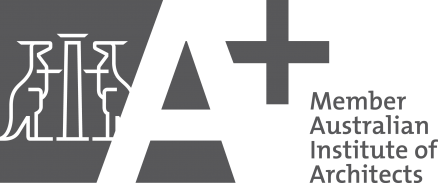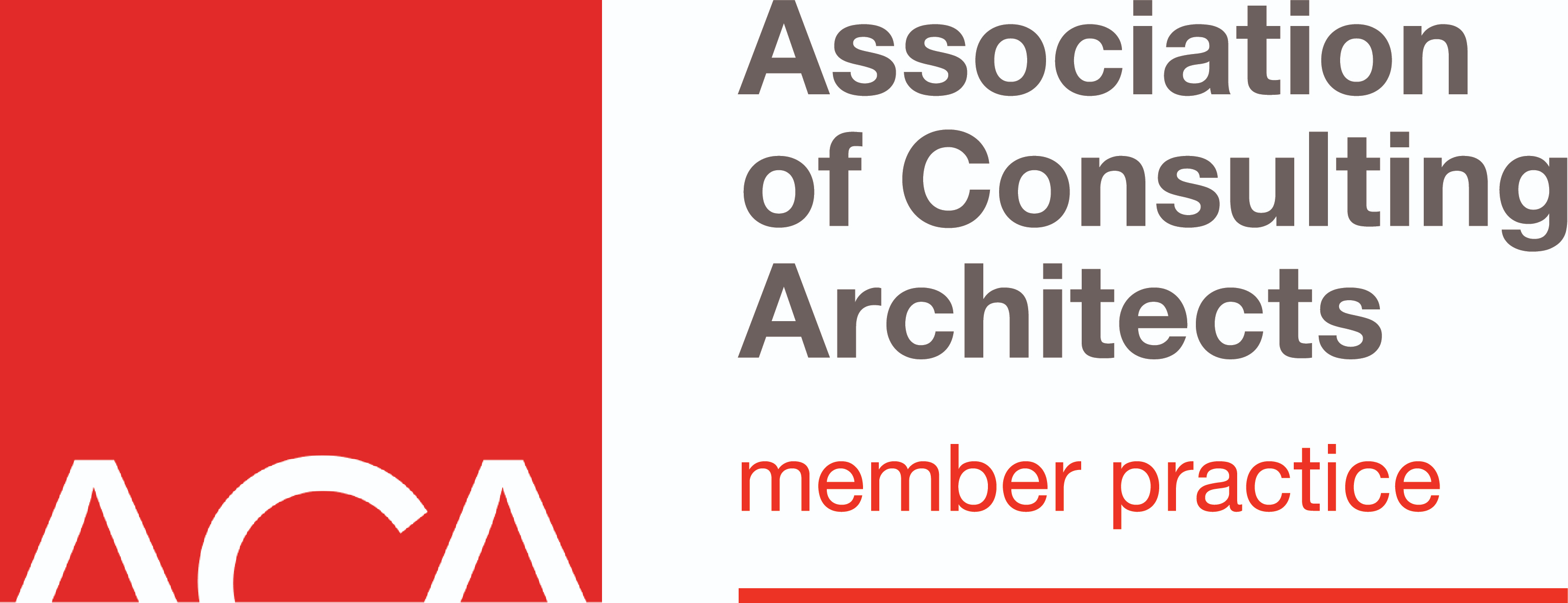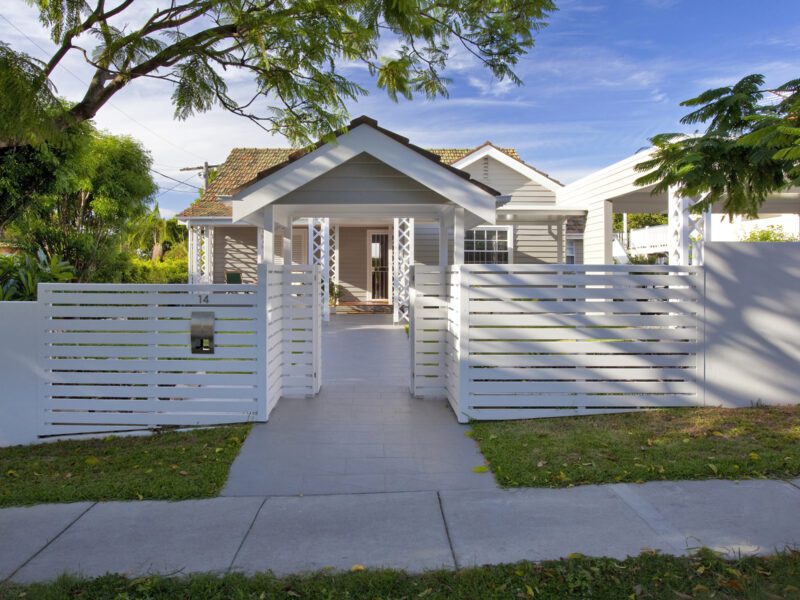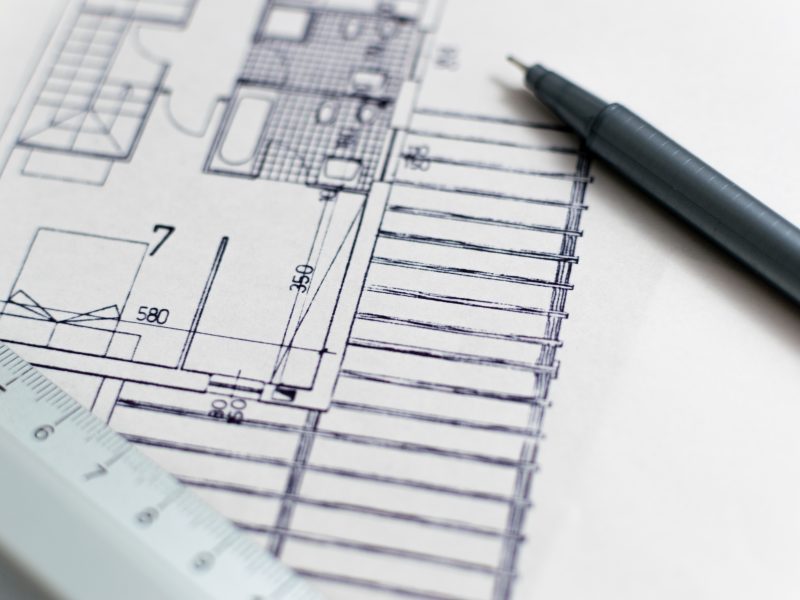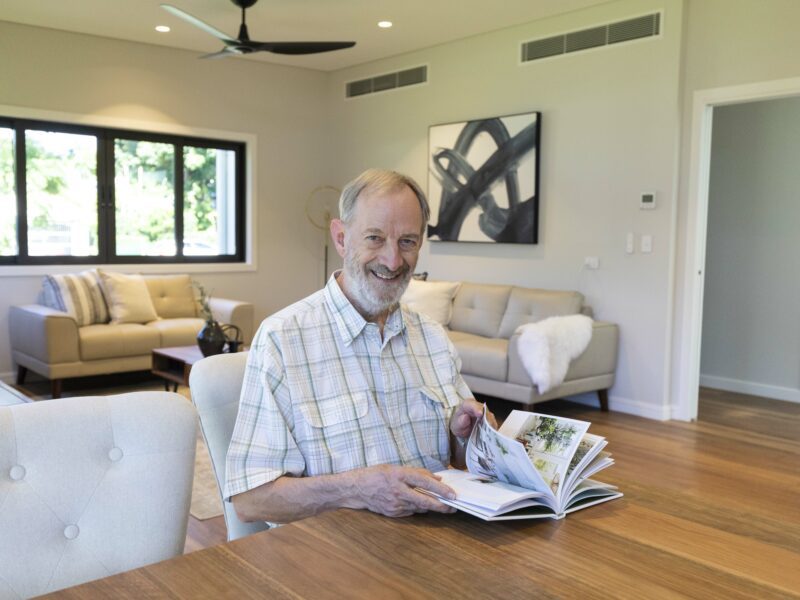
Brisbane Eco House Design

Our eco house designs utilise eco-housing principles to design and construct beautiful energy-efficient, sustainable homes.
Brisbane Eco Architects
Eco House Designs
Eco house designs result in amazing homes. At dion seminara architecture we are experienced in using eco-housing principles to create environmentally friendly design that takes advantage of what our climate offers, without compromising on aesthetics. All our eco design elements are perfect for Queensland homes:
- Breezeways and natural convection
- Open design for flow-through ventilation
- Well-orientated living areas
- Low impact housing footprint
- Outdoor spaces connecting to main living spaces
- Drought tolerance
- Adjustable shading devices for solar protection
- Wide eaves for controlled solar protection
- Large covered decks/terraces
- Inclusion of solar heating, water tanks and greywater recycling systems
- The inclusion of light coloured surfaces, particularly roofs
- Adaptability and accessibility for aging/less mobile residents (optional as needed).
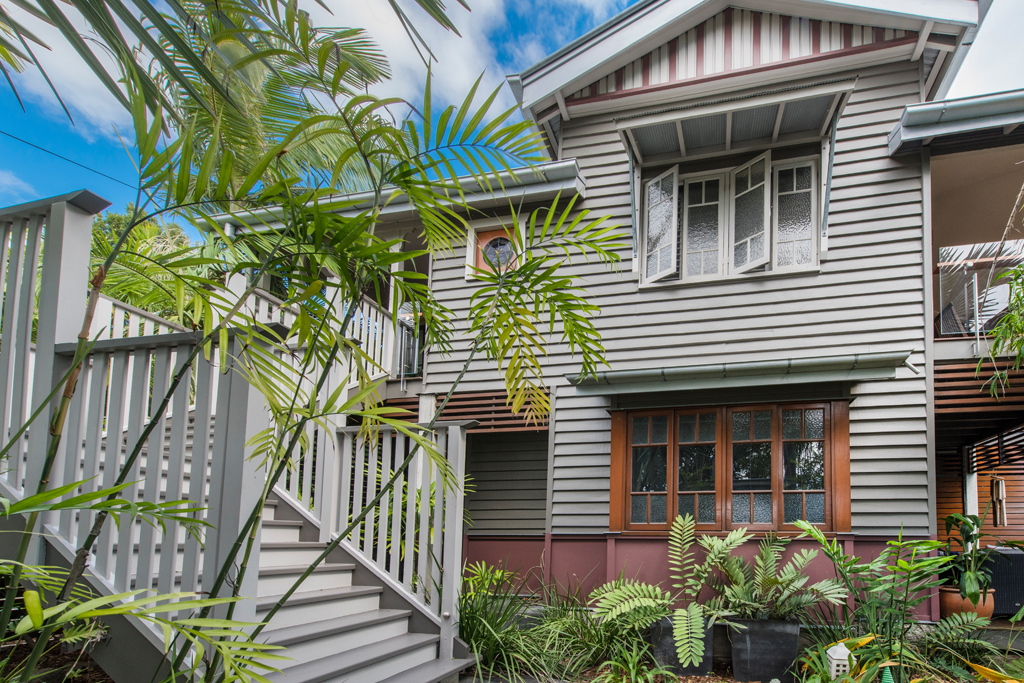
Environmental impact
What is ‘Green’ Living?
At its most basic level, ‘green’ living is the ability to take what we need to live now, without jeopardising the capacity for the next generation to satisfy their needs. In view of this, ‘green’ living is a lifestyle that:
- Respects all forms of life
- Minimises usage and wastage of resources
- Reduces our environmental impact
- Improves our quality of life
Reducing environmental impacts starts from everyday practices and it’s up to us to decide to incorporate it in our daily lives. This requires a strong shift in our behaviours, attitudes and habits whether in our home, workplace or elsewhere. Moreover, going green at home is often one of the first steps to ‘green’ living. As it is the place where we eat, sleep and spend most of the time with our family, it should be the first thing to which we turn our attention.
The highest concept of green building is passive homes, a design approach which takes advantage of the climate to maintain a comfortable temperature range at home, reducing hot and cold spots. This can eliminate the need for auxiliary heating or cooling which accounts for about 40% of energy use in the average Australian home.
There are enormous benefits that a green building offers. A house designed by an eco-friendly architect using green principles will tend to be more durable, functional, energy efficient and comfortable than one that is not. Furthermore, it respects the environment, enhances your lifestyle and improves your health. You are not just investing in your house, but for you and your family’s future. If you have decided to take a step towards environmental responsibility, the Australian Government may help you with Australia’s guide to environmentally friendly homes.
Eco house design benefits
Reducing Environmental Impacts Starts With Your Home
Four reasons to go “green” at home
What are the overall benefits and costs of an energy-efficient house? As it is commonly thought that to build “green” is just much more expensive than using a traditional building, we would like to delve deeper into this subject. It is true that a green building costs up to 10% more than a conventional construction but it is also true that all the additional costs can be completely recovered in a period of between 5 to 9 years.
It’s not just about the money
The advantages that derive from having an environmentally-friendly building concern also our health and wellness and the surrounding environment. On this basis, we would like to introduce you to a few benefits of adopting a greenhouse.
Reducing your environmental footprint
Have you ever thought about taking a step towards reducing your environmental footprint? How can you make your lifestyle “greener”? What does this mean? What are the overall benefits and costs of this initiative? This is a hot topic that everyone wants to know more about and for this reason, we will attempt to answer all these questions.
Environment & Financial Impacts
Reduction of Environmental Impacts
Lowering Operating and Maintenance Costs
Liveability & Asset Values
Improvement of Liveability
Increased Asset Values and Greater Tenant Attraction
Principles
Eco design
By following eco-housing principles and designing every new home or renovation to suit their local conditions, we are able to create beautiful homes that are cost-effective to run. We are passionate about lowering our carbon footprint and reducing our dependency on non-renewable forms of electricity. In fact, we have recently installed a 7.5kw solar power plant on the roof of our office as we work towards becoming completely carbon neutral. You can view our solar production and amount of kilograms of CO2 emissions we have saved each day here.
Here are just some of the ways that we can achieve an eco home renovation or new eco house design for you:
01
Flow-Through Ventilation
Nature provides us with cooling summer breezes and yet so many homes that are built today fail to take advantage of this natural gift. Our designs maximise the natural flow of air across your property enabling you to cool your home cost effectively. Through clever eco-housing designs and the use of strategies like open designs, breezeways and natural convection we can promote cross ventilation throughout your home keeping it fresh, cool and healthy the natural way.
02
Natural Lighting
Many modern home designs rely heavily on electric lighting. Dark depressing corners and poorly lit rooms can be overcome but installing more and more energy-sapping light globes but is it really in the home owner’s best interests? Well, we say no. As green architects, we believe that taking advantage of natural lighting is a far better option. Through our eco-friendly designs, we can create living spaces that are not only bright and airy but also warm, inviting and healthy.
03
Protection from The Elements
Whilst eco-housing design principles are about working with the climate, a great home design also offers protection from the harshest elements. Through the use of well-orientated living areas, adjustable shading devices, wide eaves, large covered decks, terraces and verandas we are able to protect your home from the heat of summer, whilst still allowing in the warming winter sun. Our designs offer you the best of the local climate whilst keeping the worst away.
04
Renewables – Energy & Materials
Our eco house designs focus on using renewable materials where possible, to help lessen our impact on the environment and to create a better world for our childrens’ futures. With rising power costs and growing concerns over man’s impact on the environment, we believe that taking advantage of renewable energy sources at a residential level is a sound strategy. Things like solar heating and photo-voltaic electricity help us in creating energy efficient homes that are not only eco-friendly but affordable to run.
05
Water Harvesting & Management Solutions
With our growing population and unpredictable climate conserving water has become a high priority. For this reason, our eco architectural designs focus on three main areas being: rainwater harvesting, water usage reduction and water recycling. We do this through rainwater storage tanks, careful planning of outdoor areas and things like greywater recycling systems. Our eco designs are highly drought tolerant. So if water conservation is important to you, then a dion seminara architecture designed home is exactly what you need.
06
Full Insulation
As eco architects, we understand that naturally heating and cooling your home is only half the battle. There is little point to a design that allows the low winter sun to warm your home only to see that heat escape through lack of insulation; which is why we focus heavily on the ceiling and wall insulation in our home designs along with the use of natural materials that have insulating properties.




